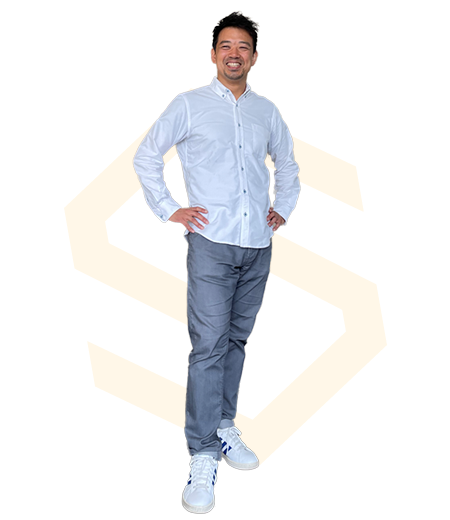Top Result for FY2022
Success in the fabrication of Ni single crystals using laser 3D printing technology

Tomonori Kitashima
Principal Researcher, Additive Manufacturing Group, Materials Manufacturing Field, Research Center for Structural Materials
Kitashima and co-workers have succeeded in producing a nickel single crystal by irradiating nickel powder with a flat-top laser beam without using seed crystals for the first time in the world. In conventional laser fabrication, the crystal orientation of the molten region is continuously tilted, resulting in the inevitable formation of high-angle grain boundaries in the crystal. In this research, a flat-top laser with uniform intensity distribution was irradiated to flatten the melt region and control crystal growth in the same direction by optimizing the process conditions. This suppressed the formation of high-angle grain boundaries and realized the fabrication of single crystals with uniform crystal orientation. As compared to electron-beam additive manufacturing systems, laser-based equipment and its operating costs are cheaper, and it is more widely used. This 3D printing technique is applicable to a wider range of materials for jet engines and gas turbines, and it could potentially be applied to single crystals of other metals.![]()

Q&A
Q:What are the key points of this achievement?
A:By optimizing process conditions using a flat-top laser beam, we obtained uniform heat transfer in the depth direction at the surface of a metallic powder raw material. This generated a planar and shallow melt region, and it promoted crystal growth in the same direction. Subsequently, it suppressed strain generation and defect formation, resulting in the formation of single-crystal structures.
Q:Why do you make single crystals instead of polycrystals?
A:Single crystals are used in high-temperature parts of jet engines because they have higher high-temperature strength than polycrystals. If it becomes possible to produce these single crystals by 3D printing, we will be able to expand the single crystal’s range of application in various shapes, and it could improve the thermal efficiency of a jet engine.
Q:What excites you in your research activities?
A:I like to reflect original ideas that have not been done before. Also, when I get results that are different from what I expected, I get excited and think, "There definitely should be something behind them." (laughs).
Q:What were your dreams when you were young?
A:Up until high school, I wanted to be a professional soccer player, if I had the chance (laughs). It is funny now, though. On the other hand, I also wanted to work in airplane manufacturing. Later, I became interested in airplane materials and became a researcher about them. The "free thinking" that is important in playing soccer may be a source of my current generation of research ideas (laughs).